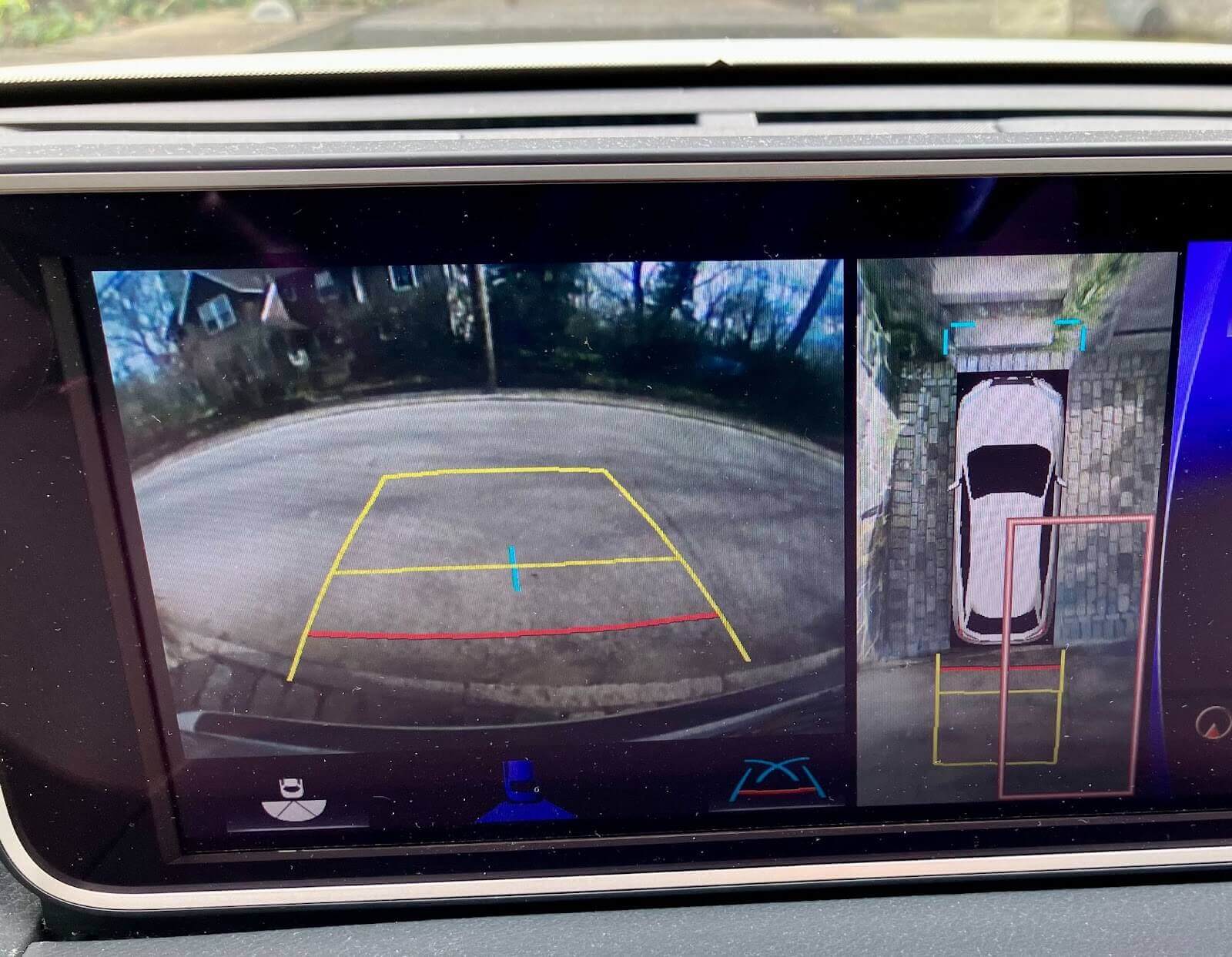Frontovers: Federal Legislation and Technology
To issue a Federal motor vehicle safety standard to include safety technology in all passenger vehicles to reduce incidents of children being struck by slow forward-moving vehicles..png)
The technology exists right now to fix this problem and is already in some models, but not all. .png)
Technology
Technologies in your car can help keep your children safe and prevent frontover tragedies. When shopping for a new or used vehicle, you may notice that different automakers use different names for safety features. It’s important to understand exactly what the safety features in your vehicle are designed to do and what they are not able to do. Be sure to review your vehicle’s owner’s manual for more information on your vehicle’s technology and safety features. Understanding how the technology works is key.
360-Degree or ‘Birds-Eye View’ Camera Systems
 360-degree camera systems (also referred to as birds-eye view or surround camera systems) are available on some vehicles today. These camera systems use multiple cameras placed around the vehicle to give the driver a ‘birds-eye view’ from above of the areas directly in front, on the side and behind the vehicle. This safety feature helps drivers to be able to see a person or object in the blindzones that exist behind, in front and on the sides of all vehicles. These systems can help prevent frontover and backover tragedies because you simply cannot avoid hitting something that you cannot see.
360-degree camera systems (also referred to as birds-eye view or surround camera systems) are available on some vehicles today. These camera systems use multiple cameras placed around the vehicle to give the driver a ‘birds-eye view’ from above of the areas directly in front, on the side and behind the vehicle. This safety feature helps drivers to be able to see a person or object in the blindzones that exist behind, in front and on the sides of all vehicles. These systems can help prevent frontover and backover tragedies because you simply cannot avoid hitting something that you cannot see.
Pedestrian Automatic Emergency Braking (PAEB)
Pedestrian automatic emergency braking systems use information from forward sensors to detect a pedestrian in the vehicle’s path. The system will automatically apply the brakes if the driver has not acted to avoid a crash. Watch how it works.*
Automatic Emergency Braking (AEB) - may not detect pedestrians
.png)
Photo Credit: The National Highway Traffic Safety Administration
Technology could be part of the solution. Many manufacturers are upgrading their automatic emergency braking systems. Automatic emergency braking systems apply the vehicle’s brakes automatically in time to avoid or mitigate an impending forward crash with another vehicle, but many systems may not be able to detect pedestrians. Dynamic brake support and crash imminent braking are AEB systems that potentially save lives and reduce moderate and less severe rear-end crashes that are common on our roadways. Watch how it works.*
IIHS Nighttime Test of Pedestrian Autobrake
The Insurance Institute for Highway Safety is introducing a nighttime test of pedestrian automatic emergency braking (AEB) systems to address the high percentage of pedestrian crashes that occur on dark roads. Watch how it works.*
Forward Collision Warning
Forward collision warning systems use sensors to detect slower-moving or stationary vehicles. When the distance between vehicles becomes so short that a crash is imminent, a signal alerts the driver so that the driver can apply the brakes or take evasive action, such as steering, to prevent a potential crash. Vehicles with this technology provide drivers with an audible alert, a visual display, or other warning signals. This helps prevent frontal crashes into the rear of slower moving or stopped vehicles.
*Source: https://www.nhtsa.gov/equipment/driver-assistance-technologies#the-topic-technology-saves-lives

1.png)

